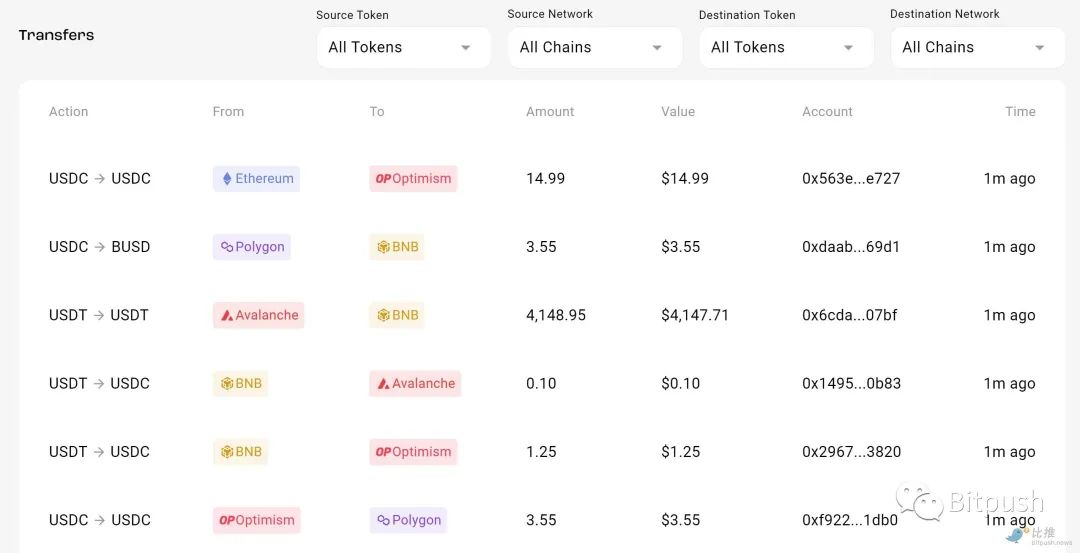Author: BitpushNews Lincoln Murr
The enthusiasm of the crypto community for airdrops is self-evident - some DeFi protocols will give away thousands of dollars worth of tokens to early users for free, as a thank you for early adoption. There are countless examples of users benefiting from airdrops, making it one of the most common ways for new projects to launch their tokens.
While airdrops are very attractive to users, much like Facebook giving stocks to early users, there are also negative practices surrounding airdrops that have emerged in the community. This article will discuss airdrops and evaluate their role in the blockchain industry.
For crypto newcomers, an airdrop refers to projects or protocols providing tokens or shares to early users of their products. Although the idea originated from cryptocurrency, it truly took off because of the decentralized exchange Uniswap in 2020. The project team at the time stated that any user who provided liquidity before the launch of the V2 protocol or traded on the platform would receive over 400 UNI tokens, which were worth about $400 at the lowest point and nearly $20,000 at the highest, simply by trading, making the community flock to it.
Since 2020, airdrops have become a common means for protocols to release tokens. The most famous among them are Optimism, Arbitrum, Osmosis, Ethereum Name Service, and Blur. There are various reasons why protocols conduct airdrops. Firstly, it is an effective way to reward early users, helping to increase the protocol's trading volume, liquidity, and excitement. It fosters a sense of ownership among users and their usage of the project is directly related to how much airdrop they will receive.
Furthermore, airdrops are a good way to decentralize token ownership and create a truly decentralized community. This is crucial for the long-term healthy development of the protocol and helps to counter legal arguments against tokens being considered securities, as securities would mean that the U.S. government would regulate them and adhere to strict rules and guidelines.
Lastly, it can be seen as a more direct form of marketing, where protocols do not spend money on advertising but instead directly provide funds to users in exchange for their time and liquidity. All of this is possible because blockchain can relatively easily distribute value among different user groups.

Unfortunately, where there's no gain, there's no early rising, and as the capital pool grows, this fair incentive system becomes increasingly susceptible to manipulation.
Almost every major project is expected to conduct airdrops; if they don't, they are considered greedy and won't garner much early interest. This has led some projects to occasionally hint at the possibility of conducting airdrops, diluting their user pool as these people are only using the product to qualify for the eventual airdrop. Similarly, some users have started gaming these airdrops by creating hundreds of wallets and trading with them as much as possible to earn thousands or even tens of thousands of dollars. While some projects have implemented mechanisms to prevent this behavior, it is far from perfect. What's even more disappointing is that many projects rely on the hype generated by potential airdrops and tacitly allow bots to join their protocols, as this increases their user count, helps them raise more funds, and ultimately issue tokens at a higher valuation.

Currently, the most talked-about airdrops in the community include ZkSync, LayerZero, and StarkNet. Decentralized social media projects are filled with bot-posted spam, and cross-chain bridges like LayerZero have tens of thousands of junk transactions that are worth less than the cost of fees, just to increase transaction count in hopes of receiving airdrops, as there are billions of dollars up for grabs, and anyone who knows how to manipulate the system can become a recipient. The transaction history of a bridge built using LayerZero is shown in the image below; it is evident that these transactions serve no purpose other than to qualify for airdrops.

While airdrops are a good idea in practice, the reality of incentives has undermined this system to the point where some projects have no purpose other than issuing tokens. Fortunately, not all hope is lost: strengthening individual detection rather than wallet-based airdrops can reduce some of the bot attacks that occur. Whether this situation will worsen remains to be seen, as allowing bots to participate is in the best interest of compliant protocols, and it is hoped that future airdrops will combat fraudulent behavior and help build a stronger, more passionate, and decentralized community.
免责声明:本文章仅代表作者个人观点,不代表本平台的立场和观点。本文章仅供信息分享,不构成对任何人的任何投资建议。用户与作者之间的任何争议,与本平台无关。如网页中刊载的文章或图片涉及侵权,请提供相关的权利证明和身份证明发送邮件到support@aicoin.com,本平台相关工作人员将会进行核查。




